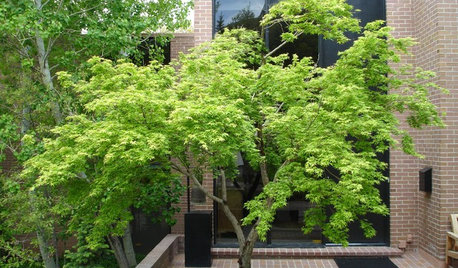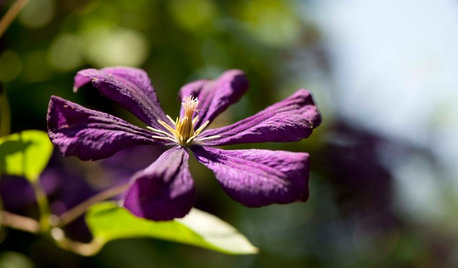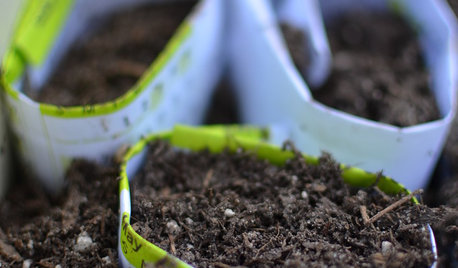Use of dormant oil on fruit trees
kudzu9
16 years ago
Featured Answer
Sort by:Oldest
Comments (17)
jellyman
16 years agorcnaylor
16 years agoRelated Professionals
Norfolk Landscape Architects & Landscape Designers · Bridgetown Landscape Architects & Landscape Designers · Comstock Park Landscape Architects & Landscape Designers · Erie Landscape Architects & Landscape Designers · Severn Landscape Architects & Landscape Designers · Paradise Landscape Architects & Landscape Designers · Arlington Landscape Contractors · Ashburn Landscape Contractors · Brunswick Landscape Contractors · Davidson Landscape Contractors · Vashon Landscape Contractors · West Allis Landscape Contractors · Westchester Landscape Contractors · Wheat Ridge Landscape Contractors · Vadnais Heights Landscape Contractorscalistoga_al ca 15 usda 9
16 years agobart1
16 years agojellyman
16 years agobart1
16 years agobart1
16 years agojellyman
16 years agokudzu9
16 years agobart1
16 years agoestreya
16 years agocalistoga_al ca 15 usda 9
16 years agovoicebox5_earthlink_net
15 years agoScott F Smith
15 years agomarauder52_fastmail_fm
15 years agoleomonnette_yahoo_ca
13 years ago
Related Stories

EDIBLE GARDENSHow to Grow 10 Favorite Fruit Trees at Home
Plant a mini orchard in fall, winter or early spring to enjoy fresh-off-the-tree fruit the following year
Full Story
EDIBLE GARDENSGrow Plum Hybrids for Your Favorite Fruit Flavors
Plums are cozying up with apricots, peaches and even cherries — here’s how to grow these hybrids for the best aspects of each
Full Story
GARDENING GUIDESHow to Keep Your Citrus Trees Well Fed and Healthy
Ripe for some citrus fertilizer know-how? This mini guide will help your lemon, orange and grapefruit trees flourish
Full Story
MOST POPULARHow to Get Rid of Those Pesky Summer Fruit Flies
Learn what fruit flies are, how to prevent them and how to get rid of them in your home
Full Story
FRUIT TREESHow to Grow Your Own Juicy Plums
Easier than other stone fruits and with a variety of colors to choose from, plums are a versatile garden addition
Full Story
EDIBLE GARDENSHow to Add an Apple Tree to Your Edible Garden
Readily available, beautiful and fragrant, apple trees offer four-season interest along with crisp, juicy fruit
Full Story
ROCKY MOUNTAINS GARDENINGRocky Mountain Gardener's February Checklist
Get smart with your seeds, strike with oil to manage pests and practice proficient pruning — your trees and shrubs will thank you
Full Story0

GARDENING GUIDESSpring Citrus Care Reaps Months of Sweet Rewards
Learn how to tend citrus trees in spring and ways to preserve their delicious fruit
Full Story
GARDENING GUIDESSoutheast Gardener's March Checklist
Start fresh by envisioning new plant combinations as you tend to fruit trees and rosebushes — and watch out for those darned voles
Full Story
SOUTHWEST GARDENINGTexas and Desert Southwest Gardener's January Checklist
Since snow doesn't swirl in these parts, it's time to get fruit trees in the ground, check irrigation and color the garden with annuals
Full Story






rigreening